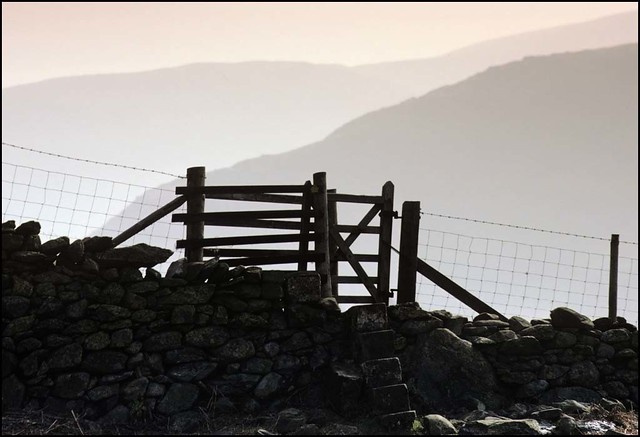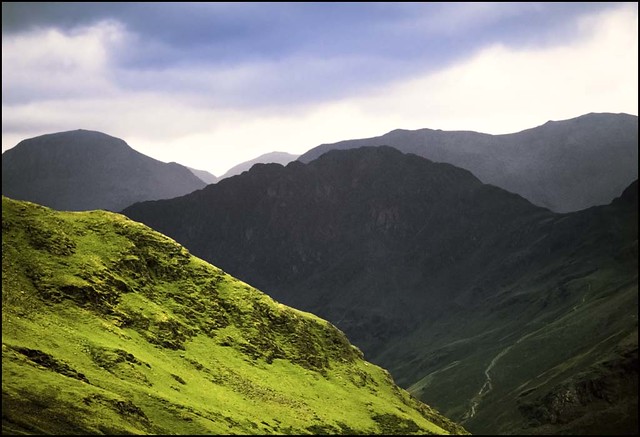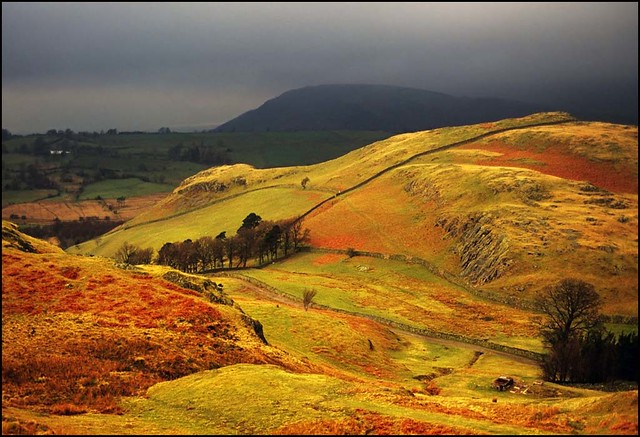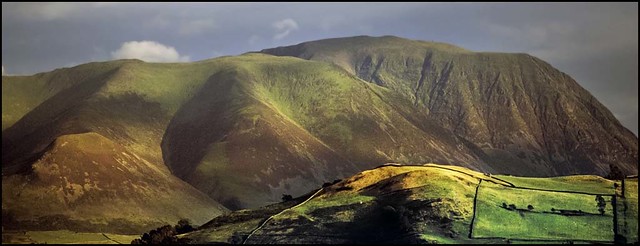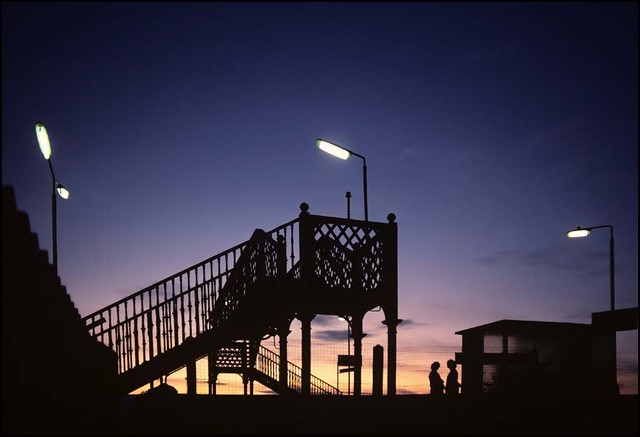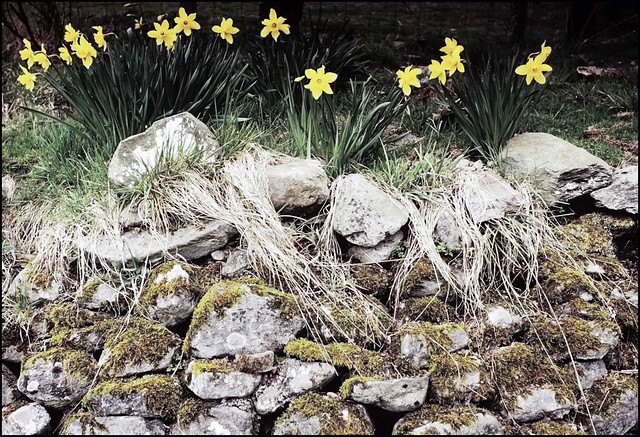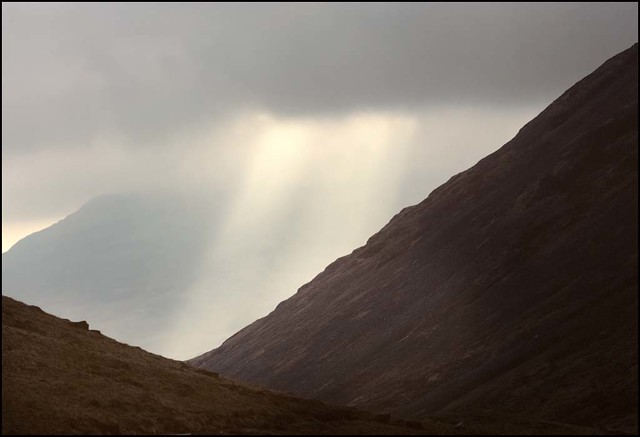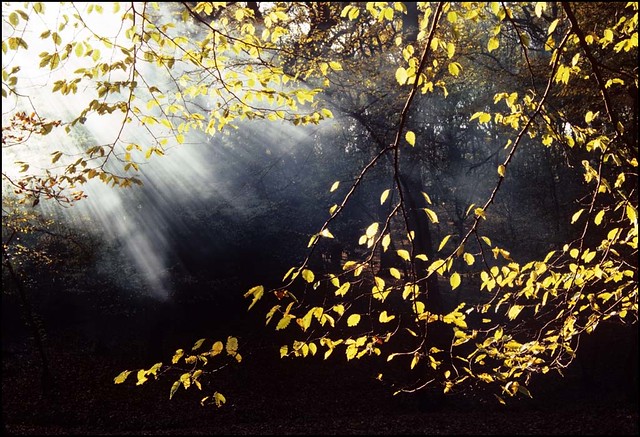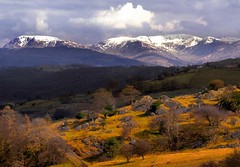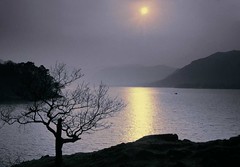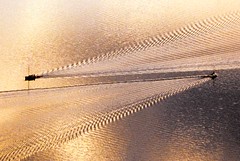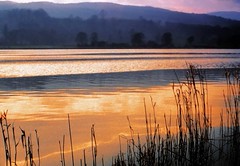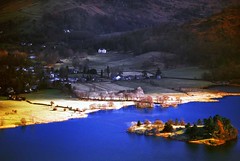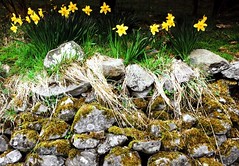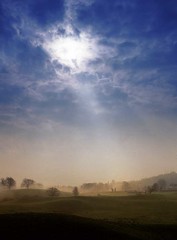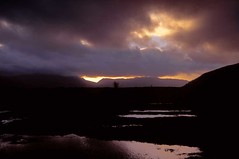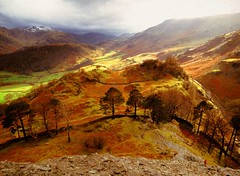I have no idea how long this scanning will continue for, but I'm currently making only a very small dent in the total quantity of transparencies that we have. I imagine this is going to go on for years. Hopefully my Nikon scanner will keep going as I don't want to consider looking for an alternative, none of which are cheap.
Showing posts with label 35mm. Show all posts
Showing posts with label 35mm. Show all posts
Friday, 17 February 2012
Wednesday, 15 February 2012
Scanning 35mm Kodachrome
All images - 35mm film camera kodachrome Nikon LS9000 film scanner
In addition to the medium format film transparencies we have, there is also a huge collection of 35mm images, including many on Kodachrome. This can be difficult to scan, but fortunately the LS9000 has a Kodachrome setting. This produces a decent scanned image. Unfortunately since these were taken in the 1980's, they are very heavily filtered, and not in a good way!! However with work I've managed to get rid rid of the offending pink skies and strange colours. Nice to see these again in their new more "natural" form.
Sunday, 6 February 2011
Process - Part 2

From time to time I try to make a dent in the tens of thousands of medium-format and 35mm transparencies that are stored here. Because of changes in fashions, cars etc. many have now become examples of recent history, but the images without people will probably be current for many years to come. The landscape images, barring an apocolypse, will probably be current for centuries.

Film had a quite different process. Picture libraries who accepted film always required transparencies, both for the quality of reproduction and for ease of use. Since I never processed my own films, the work involved was somewhat less than it is now. After getting the processed slides back from a lab, I would cut them from the strips, put them in a card mount and write a short caption on the mount. They were then sent off to the library, who then did all the sorting, filing and collating.
These days very few libraries, or indeed clients, want transparencies. They require all film material, either transparency or negative, to be scanned. So from being a fairly painless way to take and distribute pictures, film is now much more difficult to deal with.

I approach scanning in much the same way as I approach raw files, keep it simple! I scan as closely to the original as possible. Fortunately these days film scanners come with software that "removes" dust spots and scratches. If they didn't, removing these manually would make the task so time consuming, that nobody would do it.

Unlike digital, colour transparency film has great contrast and colour saturation. Often I have to tone this down as opposed to often increasing it with the somewhat "flatter" rendition of reality that digital cameras record.

Its still a slow time consuming process, but in many cases well worth it. While scans never look as "clean" as digital images on a computer screen, they do reproduce in print very well.
I may never get everything that I want scanned, but I will continue to do this on an occasional basis and hopefully have the best in digital form at some point in the future.




Words - David
Images - David and Ann
Friday, 19 February 2010
Spring delayed
After yet another snowfall, another night of sub-zero temperatures and another morning of scraping the car, the bad news is there seems no end in sight to the coldest winter in the UK for years.
In desperation I dug out some of my favourite spring landscape images. Its my favourite season to photograph and this year I will appreciate it much more.
All images taken in the English Lake District. Scans of images taken on 35mm and 6x4.5 film cameras.
Words - D
Images - D & A
Labels:
35mm,
6x4.5,
film,
Medium Format,
Pentax 645,
Photography,
Scans
Subscribe to:
Posts (Atom)






